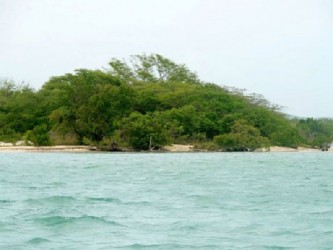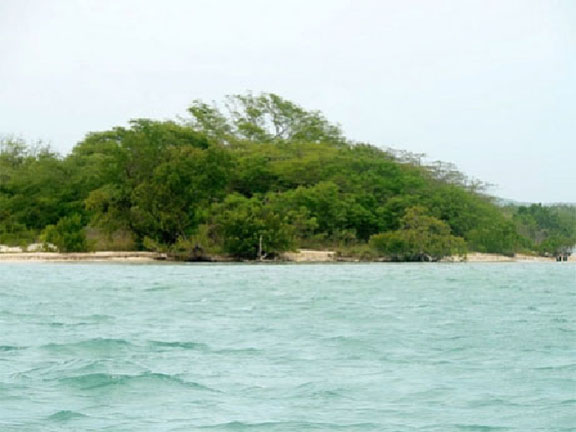(Jamaica Gleaner) KINGSTON, Jamaica: A study conducted by two international companies has found that building a transshipment port on the Goat Islands is not the best choice either environmentally or financially.

The study was commissioned after news emerged that the Government was seriously considering a proposal from China Har-bour Engineering Com-pany to build a port on the Goat Islands.
Environmentalists had been concerned the development would cause irreparable damage to the protected area, which is also a fish sanctuary.
The study was aimed at finding other sites that might be competitive economically and have less environmental impacts and included an engineering study and an economic valuation.
The engineering study was carried out by Niras-Fraenkel Ltd (NFL), a UK-based international consultancy with expertise in port and marine engineering.
The study examined four sites that could potentially meet CHEC’s requirements.
These are the Goat Islands, Macarry Bay in southern Clarendon, the Kingston Harbour and Bowden in St Thomas.
Of these, Macarry Bay reportedly offered the most directly comparable design, including a more efficient layout for transshipment.
The firm estimated that the best design at Macarry Bay would cost US$200 million less to build than a low-cost scenario at Goat Islands.
Furthermore, it said a port at Goat Islands would be more vulnerable to storm surge than other sites.
Meanwhile, the environmental economic study carried out by Conser-vation Strategy Fund (CSF), a California-based NGO advancing conservation solutions powered by economics.
CSF found that the quantifiable costs of environmental damage resulting from a port at Goat Islands would be at least three times greater than those for an equivalent construction at another site.
In addition, it said the alternative sites are mostly outside the Portland Bight Protected Area, the Portland Bight and Cays Ramsar site and the proposed Portland Bight Biosphere Reserve.






